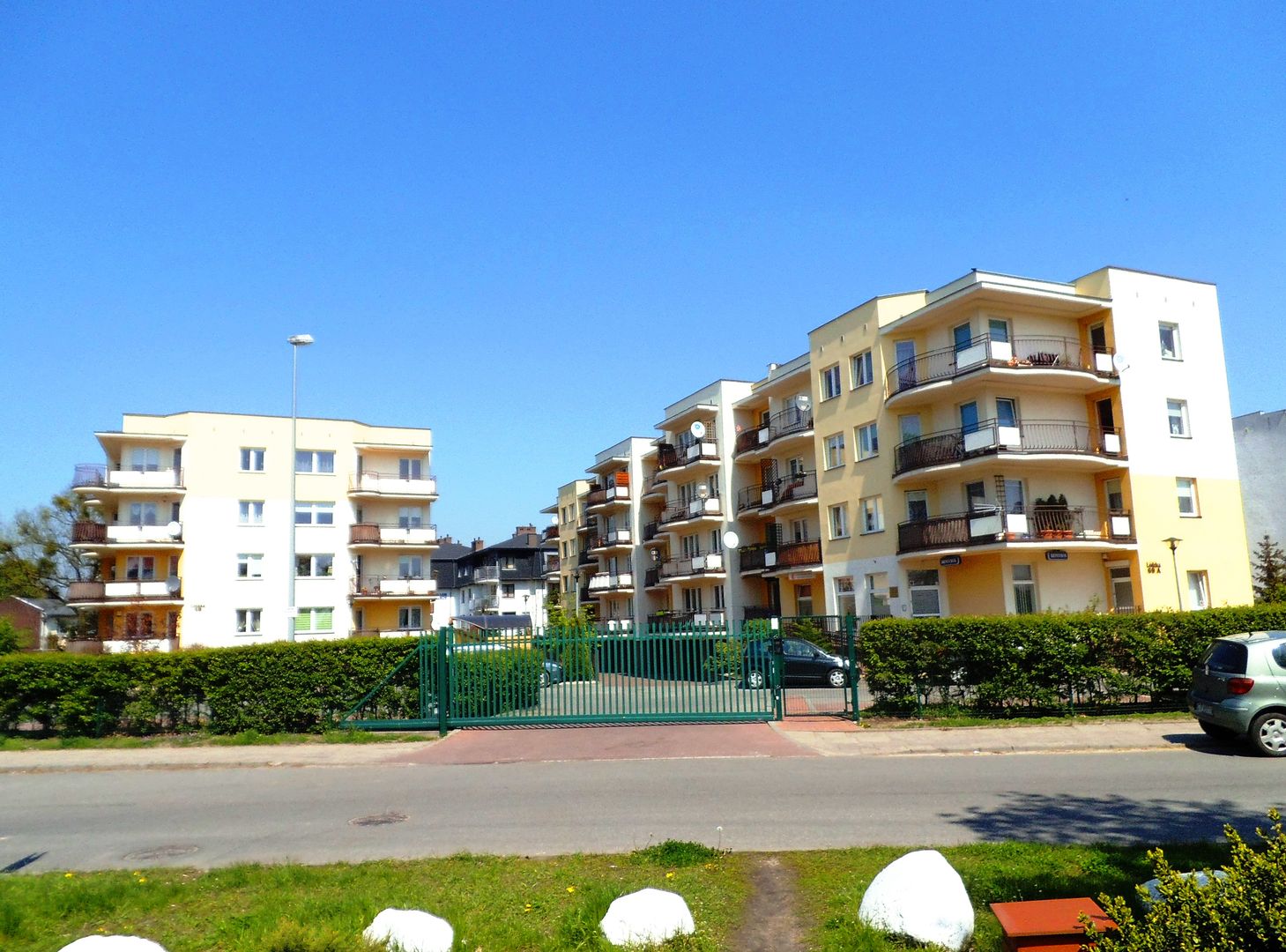Rudak
6.72

Overview
Rudak is a settlement with a rich history dating back to at least the 14th century, located on the left bank of the Vistula River in Toruń. It is characterized by single-family housing, dominated by homes built in the 1990s, and numerous allotment gardens. The southern part of the area features clay mines and building ceramics factories. The oldest known artifacts from Rudak come from the Late Paleolithic period, and the first written records of the settlement date back to 1340, when it was referred to as Rodacke. The history of Rudak includes periods of destruction and reconstruction: it was plundered in the 14th century and suffered significant damage in the 16th century. The 17th century brought development thanks to Dutch settlers, although the Swedish Deluge interrupted this progress. In the 18th century, a cemetery was established in Rudak, and in the 19th century, the village transformed into an important industrial center due to its brickyards and the Toruń-Aleksandrów railway line. During the interwar period, an elementary school was built, and social life gained momentum with the activities of the fire brigade and the Polish "Sokół" association. During World War II, Rudak was inhabited by Volksdeutsche. After the war, the Evangelical-Augsburg parish ceased to function, and its churches were taken over by Catholic parishes. Today, the settlement is home to thriving businesses such as the Wienerberger factory, as well as modern institutions including the Toruń Technology Park. Historical landmarks in Rudak include the Neo-Gothic Church of Divine Providence, an 18th-century Evangelical cemetery, and 19th-century forts. Notable natural features include a 500-year-old pedunculate oak and an erratic boulder with a circumference of 12.7 meters. Despite its small size, Rudak holds fascinating historical, architectural, and natural elements, contributing to the rich history of the region.
Location
You can also find here:
2025 Wizytor | All Rights Reserved

